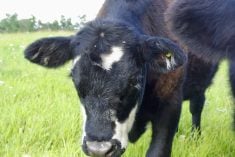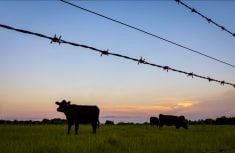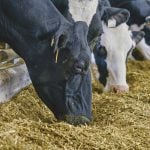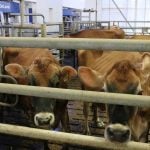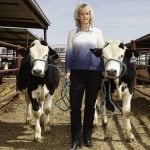On November 3, 2016, individuals, academics, nonprofit organizations and the corporate world recognized “One Health Day.” This was an opportunity to address the inextricable interaction between animals, environment and humans, and how the veterinary and medical health professions should interact. Barbara Natterson-Horowitz, MD speaking at the 2016 Hill’s Symposium, recognized that the human medical community remains largely disengaged and that the importance of recognizing that One Health is relevant to their daily practice of medicine. In similar fashion, the North American beef industry has a role to play by demonstrating that the sustainability initiatives it pursues are unassailable and strongly linked to animal, human and environmental health. Veterinary medicine, human medicine and the communities they serve are frequently perplexed about One Health. As a result, One Health gains little traction with producers who grow food and those who consume it.
Read Also
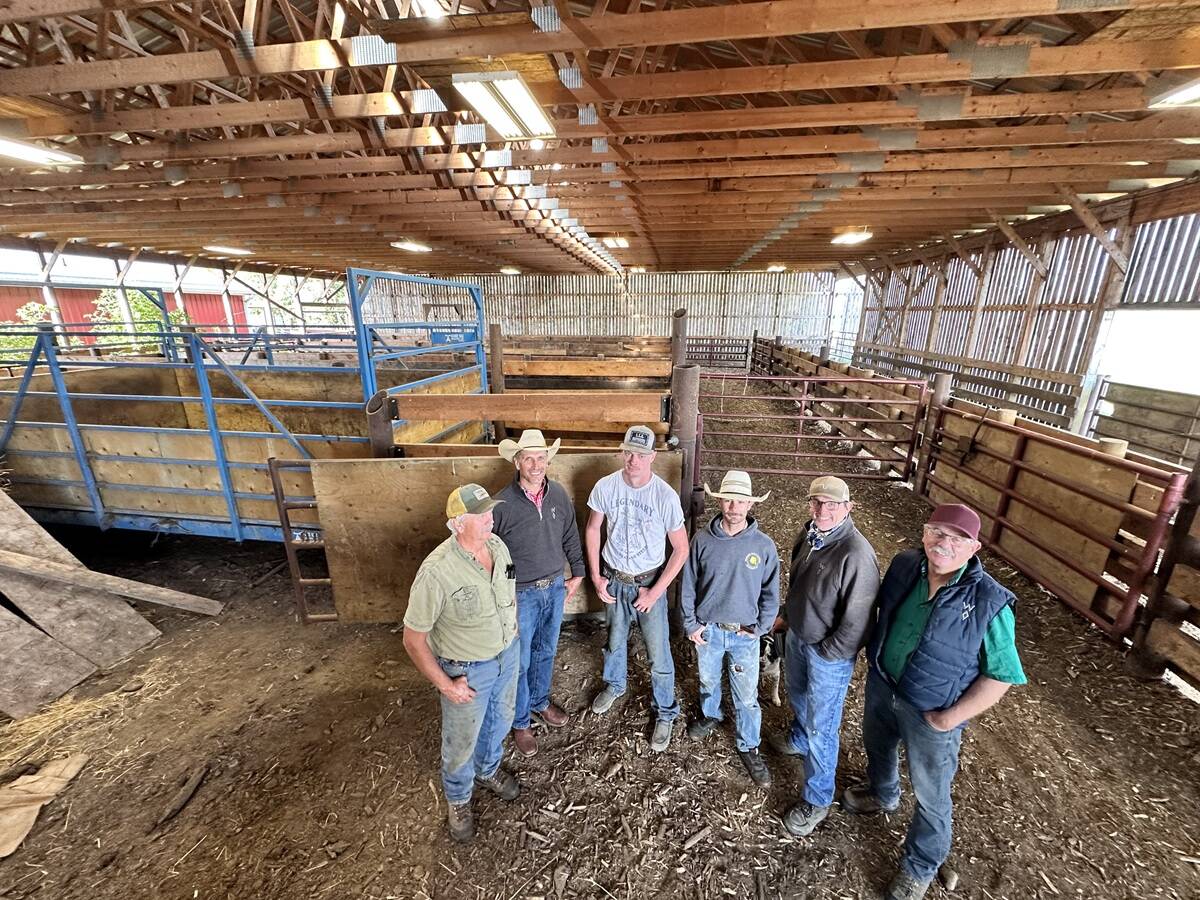
Farm families work together to graze cropland with cattle in the fall
These Alberta farm families have separate operations, but work together to manage their land
The concept originated as far back as the Greek physician Hippocrates (460 BCE – 370 BCE) in his text titled, On Airs, Waters, and Places. A modern view of One Health recaps the notion that human and animal health are interdependent and tied to the ecosystems in which they exist. The World Organization for Animal Health (OIE) states: 60 per cent of existing human infectious diseases are zoonotic (transmissible between animals and people); at least 75 per cent of human infectious diseases (including Ebola, HIV and influenza) have an animal origin; five new human diseases emerge every year, three originating from animals; and 80 per cent of agents with potential bioterrorism use are zoonotic pathogens.
By definition, One Health is the shared effort of multiple disciplines working locally, nationally and globally to attain optimal health for people, animals and the environment. To quote William Karesh, DVM, head of the field veterinary program of the Wildlife Conservation Society, which oversees 300 field projects in 50 countries around the world, “Human, livestock and wildlife health can’t be discussed in isolation anymore. There is just one health.”
Examples of One Health initiatives include:
- The United States Agency for International Development (USAID) provided an additional $87 million in funding covering the 2015-19 period to support FAO’s efforts to combat pandemic animal disease in Asia, Africa and the Middle East. New funds will support surveillance, epidemiological studies, disease prevention and control, and improved veterinary capacity.
- The OIE introduced a new “One Health” web portal in August 2016. The platform, www.oie.int/onehealth, provides large amounts of information on OIE initiatives and co-operation between human health and animal health sectors.
- BIOTECH-NOW produced the blog What Is the One Health Paradigm All About — In a Nutshell — and More by Bruce Kaplan, DVM, August 8, 2016. One Health Initiative team co-founder and internationally recognized leader, physician Dr. Laura H. Kahn recently published One Health and the Politics of Antimicrobial Resistance.
How can the industry contribute?
- Assume a stronger One Health advocacy role. For example: The 50-some organizations and committees associated with and sponsored by the beef industry in Western Canada could put One Health on meeting agendas over the next year, then take concrete steps to invite someone from the human medical community to participate in discussions on topics like food safety, antimicrobial resistance, zoonotic disease, collaborative research or emerging health and environmental issues that cross the boundary between animal and human health.
- Strengthen animal-health and food-safety systems funding. The beef industry can throw its weight behind discovery of collaborative research funding initiatives specifically related to One Health initiatives. Unfortunately, the Alberta government terminated the Alberta Livestock and Meat Agency, a short-sighted dismissal of the One Health Roadmap ($25 million, 150 projects).
- Encourage closer engagement between public and private sectors. Australia, for example, established a not-for-profit public company composed of federal government, state and territory government constituents plus major national livestock industry organizations. Their job: to manage national animal-health programs on behalf of its members. They recognize a mixture of private and public good when responsibilities can be shared.
- Telling the story better. “In the past, conversations about agriculture were happening without us. When you aren’t engaged in the conversation, others step in and have that conversation for you.” (Trish Jordan, Monsanto Canada’s head of public and industry affairs, at the 2016 Canadian Beef Industry Conference, Calgary). Producer organizations need to share the positive stories of what they contribute to industry, what they do as producers, and how this is linked to the health and welfare of consumers in general and our environment.
- Support disease surveillance and participatory disease research here and internationally. Animal diseases, the lack of adequate food hygiene and resulting food-borne illnesses are a problem for everyone because they can threaten human health, disrupt markets and trade, reduce productivity and deepen poverty. Pathogens evolve unpredictably. Improving the management of livestock with a view to preventing and controlling diseases provides significant economic, social and human health benefits.
Demand for livestock products in the future could be heavily influenced by factors like human health concerns and changing social values. The tenet of One Health and the beef industry’s willing subscription to its guiding principles will shape how we assign priorities and conduct business. While there is great opportunity, the gaps between important players persist. Taking stock of where the barriers are and developing plans to remove them on November 3 can be a start.








